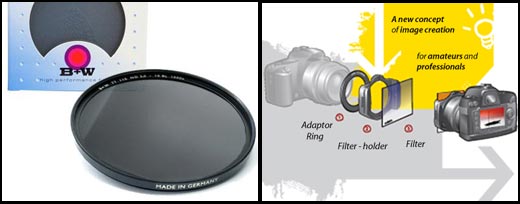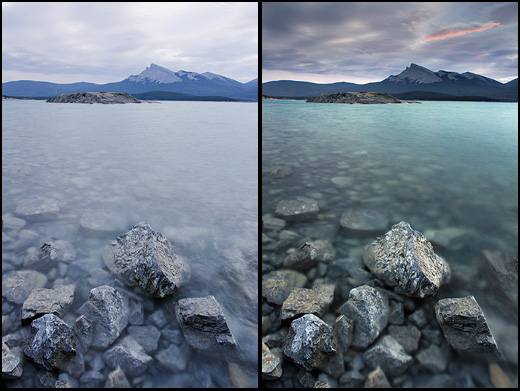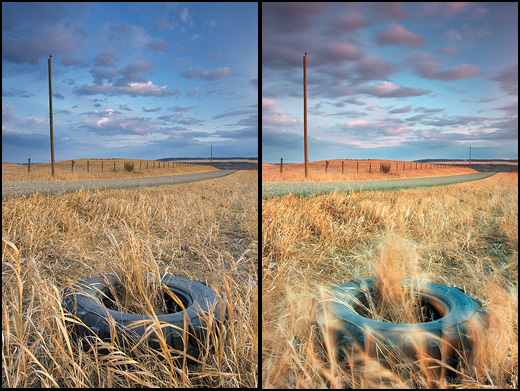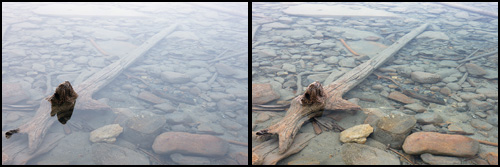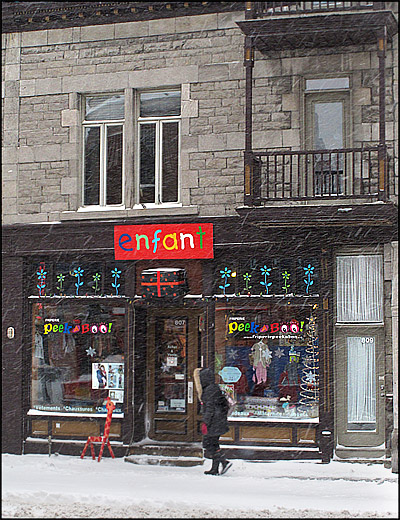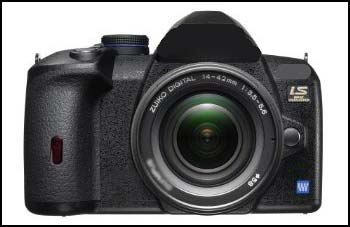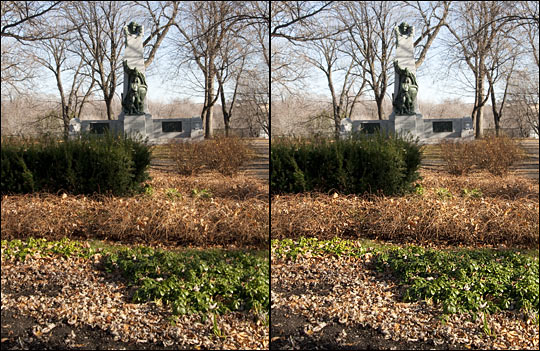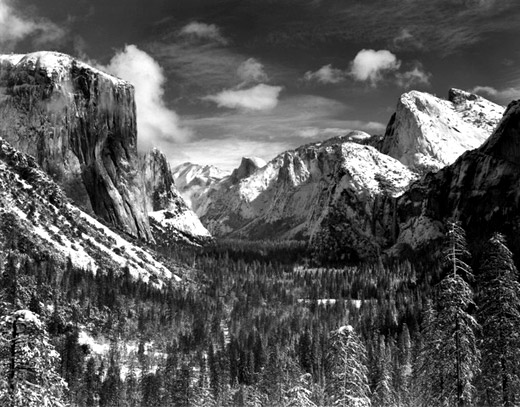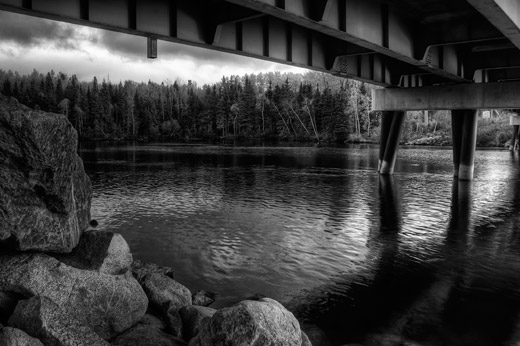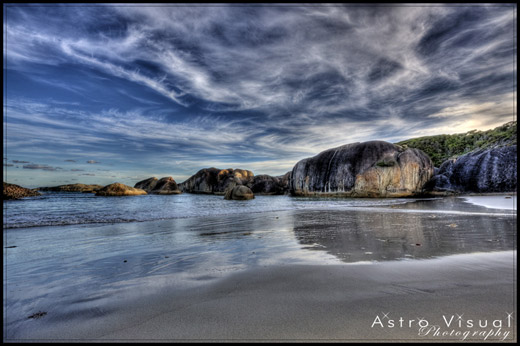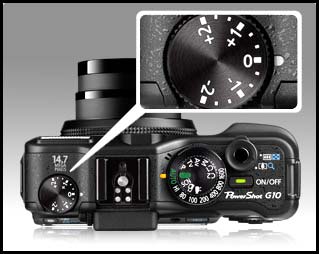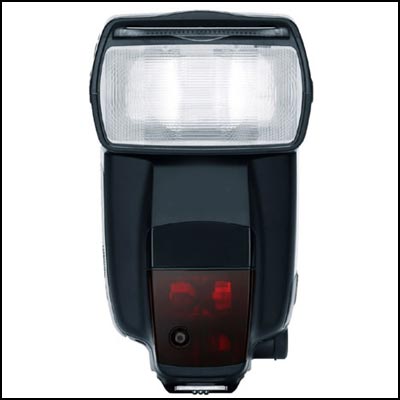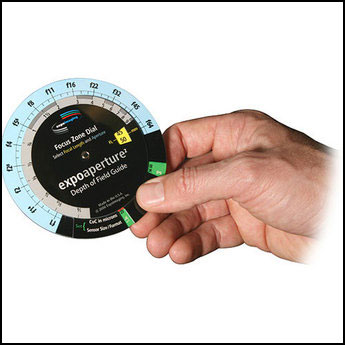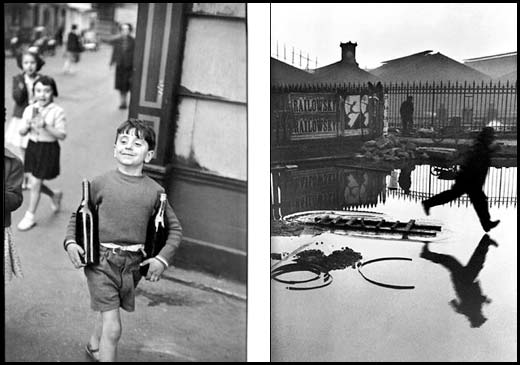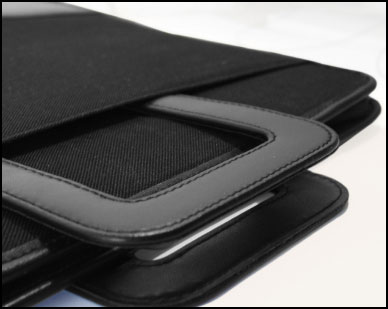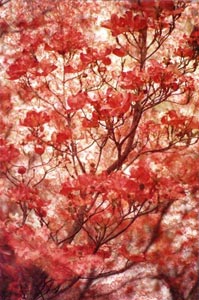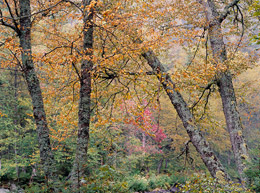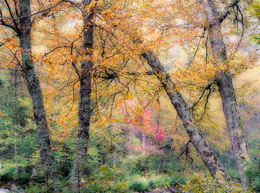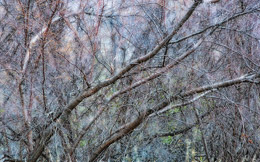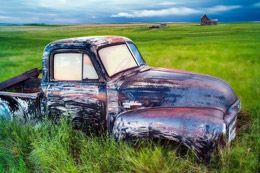Photography podcast #78 talks about how to enjoy winter photography. Many photographers avoid shooting in the winter because‚ it’s too cold and they feel uncomfortable. What a huge mistake. There are so many spectacular winter scenes to photograph and the cold can be tamed with the right gear. The majority of the podcast is dedicated to how to keep your entire body warm on a cold winter day. We talk about shooting at different levels of coldness including very cold temperatures like –20 degrees C (-4 degrees F) and colder. We also touch on tips like avoiding condensation and preserving battery power.
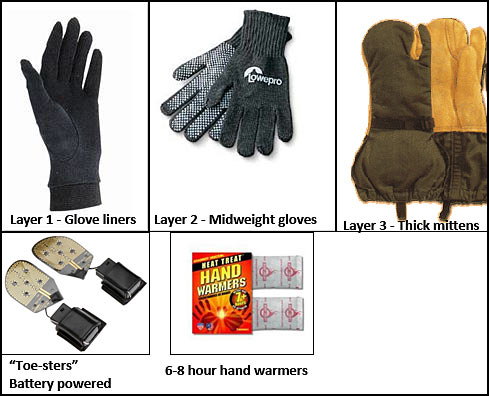
Winter photography gear
Links /resources mentioned in this podcast:
Le Baron — Awesome camping/fishing store in MTL. Great products.
SSG Silk Winter Glove Liners at Amazon
Fox River Four Layer Glomitt on Amazon
Polar Ex Glomitt Fleece Mitten/Gloves — Medium-Gray
Gordini Da GORE-TEX-‚« Goose II Mittens Mens
Heat Max Hot Hands hh2
Lorpen Hunting Extreme Primaloft Socks on Amazon
Toe-sters battery powered foot warmers
February’s song title to photograph assignment on the Photography.ca forum
Please join the Photography.ca fan page on Facebook
My Facebook profile — Feel free to “friend” me — please just mention Photography.ca
My Twitter page — I will follow you if you follow me — Let’s connect — PLEASE email me and tell me who you are in case I don’t reciprocate because I think you are a spammer.
If you are still lurking on our forum,
feel free to join our friendly ![]() Photography forum
Photography forum
Thanks to JAS_photo, Micheal van der Tol,‚ jacklabel, Zenon5940, f8&Bthere, Bambi, Jason, and Fortytwo who posted a blog comment about our last podcast. Thanks as always to everyone that sent comments by email about our last podcast. Although ALL comments are appreciated, commenting directly in this blog is preferred. Thanks as well to all the new members of the bulletin board.
If you are looking at this material on any other site except Photography.ca — Please hop on over to the Photography.ca blog and podcast and get this and other photography info directly from the source. I Subscribe with iTunes I Subscribe via RSS feed I Subscribe with Google Reader I Subscribe for free to the Photography podcast — Photography.ca and get all the posts/podcasts by Email
You can download this photography podcast directly by clicking the preceding link or listen to it almost immediately with the embedded player below.
Podcast: Play in new window | Download
